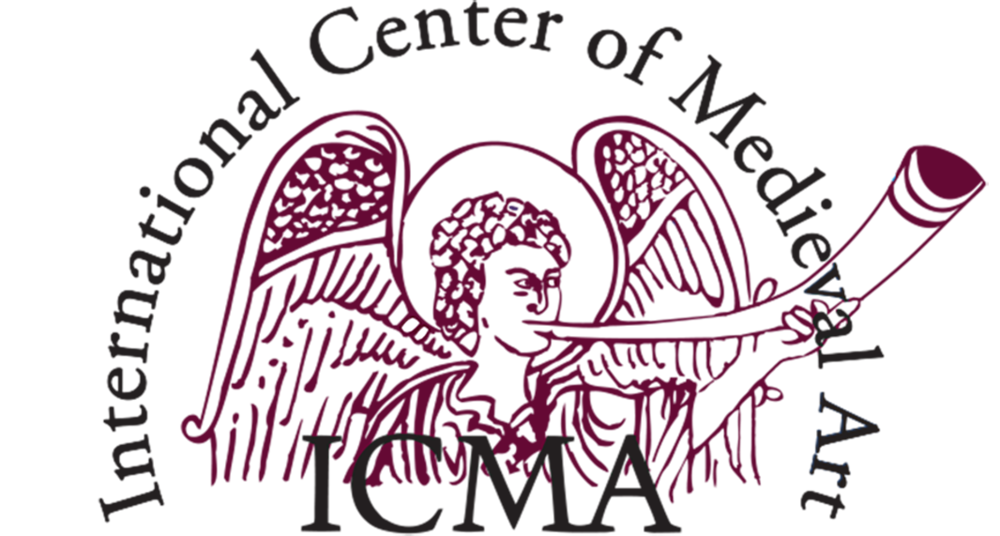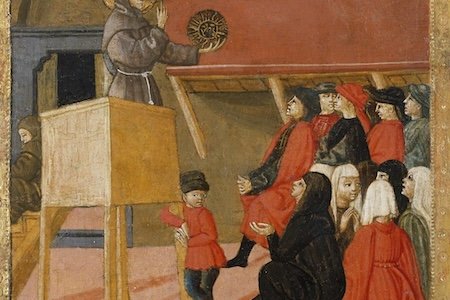All of the panels below specifically noted either medieval art or visual aspects. Other panels at the conference focus on medieval studies more generally or medieval writings.
Premodern Practices of Space in Iberia and the Americas: Digital Perspectives
We welcome papers which engage with the digital turn to explore how (physical, textual, visual, etc.) spaces in premodern Iberian and American worlds were constructed, distorted, communicated or erased.
250-word abstract and a one-page CV.
Deadline for submissions: Saturday, 16 March 2024
Marija Blašković, Universitat Pompeu Fabra - Campus del Mar (marija.blaskovic@upf.edu )
Visualizing Medieval Iberia
The session explores how Medieval Iberia is represented in visual culture. Papers addressing, comparing, and contrasting how Medieval Iberia is represented globally via different mediums, & periods are welcome. 150 word abstract and short bio.
Deadline for submissions: Friday, 15 March 2024
Dr. Yasmine Beale-Rivaya, PhD, Texas State University (yb10@txstate.edu )
Visible and Invisible Cities in Medieval and Early Modern Italy
This panel explores how literature, drama, painting, and treatises deployed visual strategies, discourses, and tropes to envision, theorize and/or critique urban worlds (local/global, utopic/fantastic/infernal, past/present/future).
[250-word abstract, one-page CV]
Deadline for submissions: Sunday, 17 March 2024
Paola Ugolini, State University of New York at Buffalo (ugolini@buffalo.edu )
“Ut Pictura Poësis”: Visual Poetics and Visual Arts in Medieval and Early Modern Italy
We invite contributions that deal with visual poetics as writing exploring the materiality of the word, in a manuscript or a printed book, and/or visual arts closely connected with literary texts.
[250-word abstract, one-page CV]
Deadline for submissions: Sunday, 17 March 2024
Paola Ugolini, State University of New York at Buffalo (ugolini@buffalo.edu )
Visibility and the Visual in Medieval and Early Modern German Culture (Sponsored by LLC German to 1700)
Visibility and invisibility played a fundamental role in medieval and early modern social, cultural, and religious contexts. We seek papers exploring in/visibility and the visual in pre-modern German literature and culture.
Deadline for submissions: Friday, 15 March 2024
Jonathan Seelye Martin, Princeton U (jsmart5@ilstu.edu ) Aleksandra Prica, The University of North Carolina at Chapel Hill (aprica@email.unc.edu )
Visualizing Bodies in Medieval and Early Modern Italy
This panel intends to explore how different bodies were categorized, described, and represented in Medieval and Early Modern Italy considering questions of gender, race, disability, and class differences.
[250-word abstract, one-page CV]
Deadline for submissions: Sunday, 17 March 2024
Paola Ugolini, State University of New York at Buffalo (ugolini@buffalo.edu )
For more information about the call for papers more generally, click here.
















